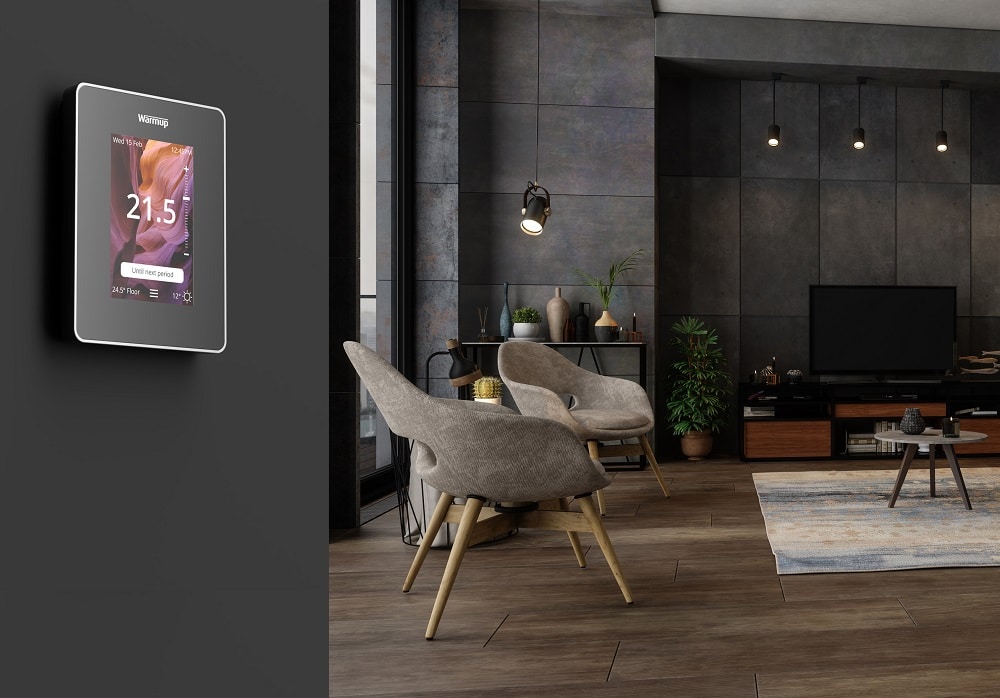
Imagine a home where the temperature is always just right, where energy bills are kept to a minimum, and where you have complete command over your comfort. That's the power of effective heating control. It's not just about turning a dial; it's about understanding the technology, the techniques, and the best practices that can transform your living space.
Understanding the Basics of Heating Control
At its core, heating control involves regulating the temperature of your home. This can range from simple manual adjustments to sophisticated automated systems. Let's break down the key components:
Thermostats: The Heart of Your Heating System
The thermostat is the most fundamental tool for heating control. It measures the ambient temperature and signals your heating system to turn on or off to maintain your desired setting.
- Manual Thermostats: Simple and affordable, these require you to adjust the temperature manually.
- Programmable Thermostats: Allow you to set schedules for different times of the day, optimizing energy usage.
- Smart Thermostats: The cutting edge of heating control, these devices learn your habits, adjust automatically, and can be controlled remotely via smartphone.
Heating Zones: Tailoring Comfort to Each Room

Zoned heating allows you to divide your home into separate heating zones, each with its own thermostat. This provides greater control and prevents wasting energy by heating unoccupied areas.
Benefits of zoned heating:
- Improved comfort by allowing different temperatures in different rooms.
- Significant energy savings by heating only the areas you need.
- Increased system efficiency and lifespan.
Advanced Heating Control Technologies

Beyond traditional thermostats, modern heating control systems incorporate a range of advanced technologies:
Smart Home Integration
Integrating your heating system with a smart home platform allows for seamless control and automation. You can use voice commands, create custom schedules, and even integrate with other smart devices like lighting and security systems.
Weather Compensation
This technology uses outdoor temperature data to adjust your heating system's output. By anticipating changes in weather, it maintains a consistent indoor temperature and prevents overshooting or undershooting your desired setting.
Radiator Valves and TRVs
Thermostatic Radiator Valves (TRVs) allow you to control the temperature of individual radiators. This provides fine-tuned heating control within each room, enhancing comfort and efficiency.
Practical Tips for Maximizing Heating Control

To get the most out of your heating control system, consider these practical tips:
- Optimize Your Schedule: Program your thermostat to lower the temperature when you're asleep or away.
- Regular Maintenance: Ensure your heating system is serviced annually to maintain efficiency.
- Insulation Matters: Proper insulation prevents heat loss, reducing the burden on your heating system.
- Seal Drafts: Eliminate drafts around windows and doors to prevent cold air from entering.
- Use Smart Features: Take advantage of the learning and automation features of smart thermostats.
The Future of Heating Control
As technology advances, heating control systems will become even more intelligent and efficient. Expect to see greater integration with renewable energy sources, predictive maintenance, and even more personalized comfort settings.
In conclusion, mastering heating control is essential for creating a comfortable, energy-efficient home. By understanding the technology, implementing practical tips, and staying up-to-date with advancements, you can take full command of your indoor climate.
No comments:
Post a Comment
Note: Only a member of this blog may post a comment.